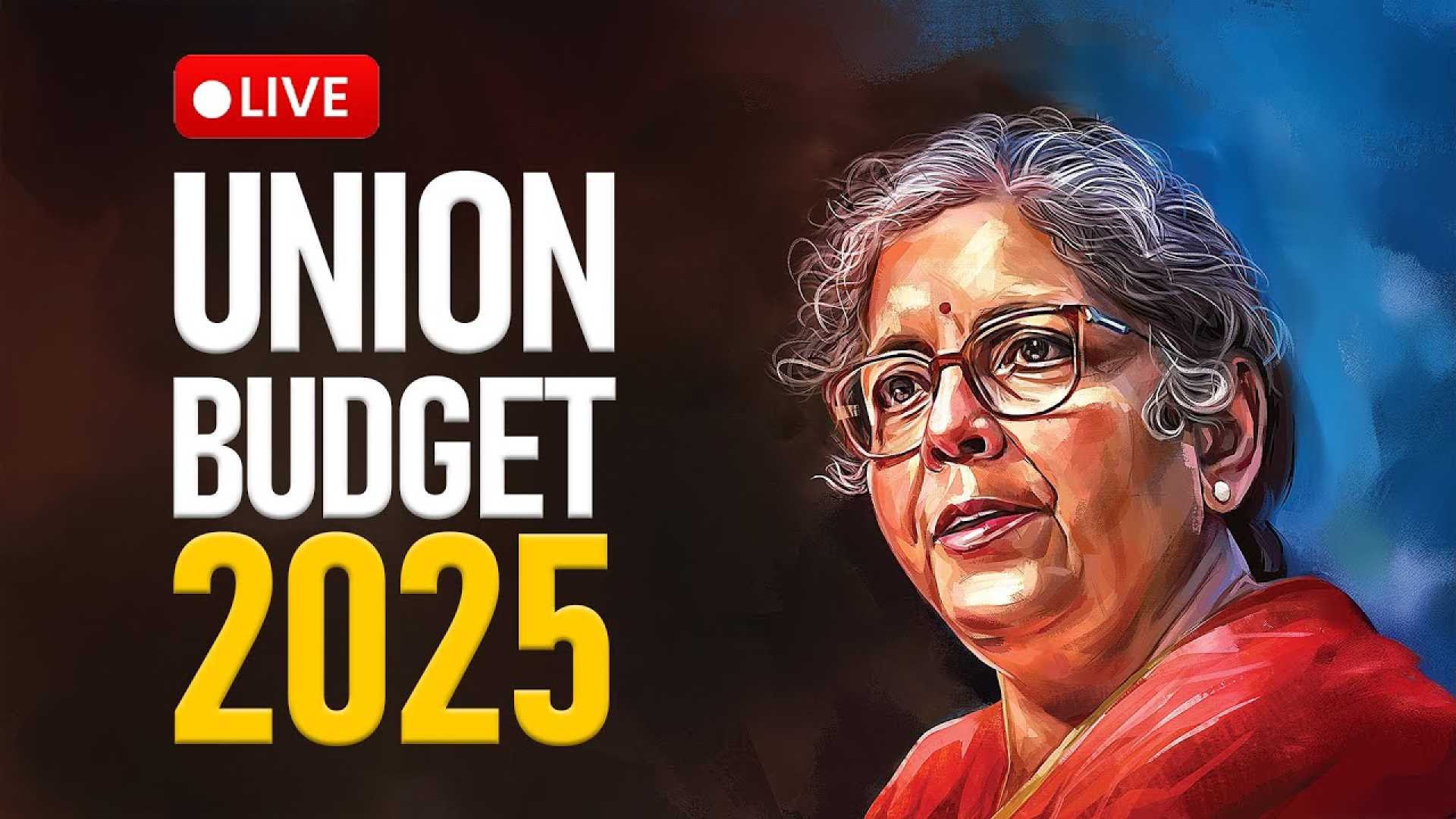Business
India Unveils 2025 Budget Focused on Middle-Class Spending, Private Investment

NEW DELHI, India — India’s Finance Minister Nirmala Sitharaman unveiled the annual budget for 2025-26 on Saturday, emphasizing measures to boost middle-class spending power, encourage inclusive development, and strengthen private investment in the world’s fifth-largest economy.
The budget, presented in Parliament, aims to address frail urban demand and weak private investment while focusing on transformative reforms in taxation. A new income tax bill is set to be released next week, Sitharaman announced. The government also plans to assist vulnerable groups, including the poor, youth, farmers, and women, through targeted initiatives.
India’s chief economic adviser, in a report released Friday, forecast steady economic growth for the fiscal year beginning April 1. The report advocated for long-delayed reforms in land and labor to boost medium-term growth. The government is targeting a fiscal deficit of 4.4% of GDP for 2025-26, down from a revised 4.8% in the current fiscal year.
To fund the deficit, the government will borrow 14.82 trillion Indian rupees ($171 billion) via bond markets. Economists have urged the government to ease the burden on individuals through energy product subsidies and to expand job creation schemes introduced in the first post-election budget in July 2024.
Equity markets reacted negatively to the budget details, with the Nifty 50 and BSE Sensex both down 0.2% by midday. Sectoral sub-indexes, particularly fast-moving consumer goods and realty, led losses, declining by around 1%.
Retail inflation eased to a four-month low of 5.2% in December, but food inflation remained high at 8.39%, posing a challenge for policymakers. To address this, the government announced a national mission to boost high-yielding crops, with a focus on pulses and cotton production. The limit for subsidized credit to farmers has also been raised to 500,000 Indian rupees ($5,778) from 300,000 rupees.
In a bid to strengthen manufacturing and exports, Sitharaman announced new missions, though details were scarce. India has long struggled to increase the share of manufacturing in its economy, which remains at 17%, far short of its 25% target. Additionally, the foreign direct investment limit in the insurance sector was raised to 100% from 74% to deepen insurance penetration.
($1 = 86.5360 Indian rupees)












